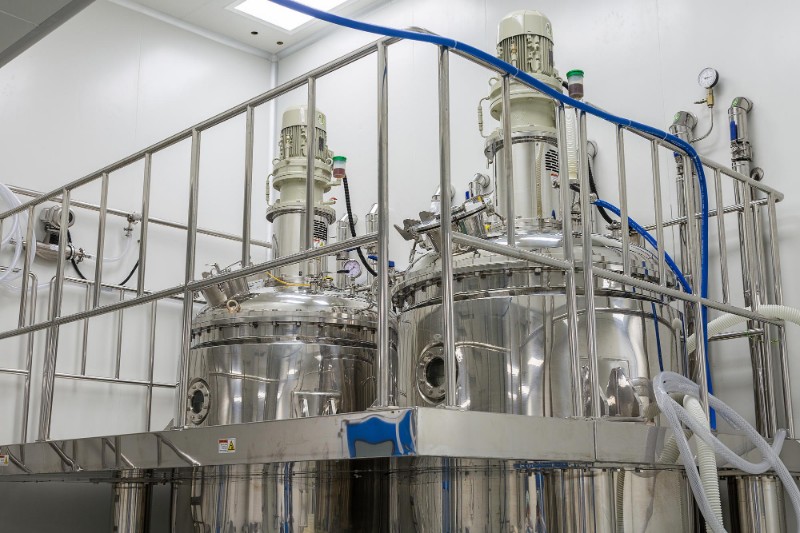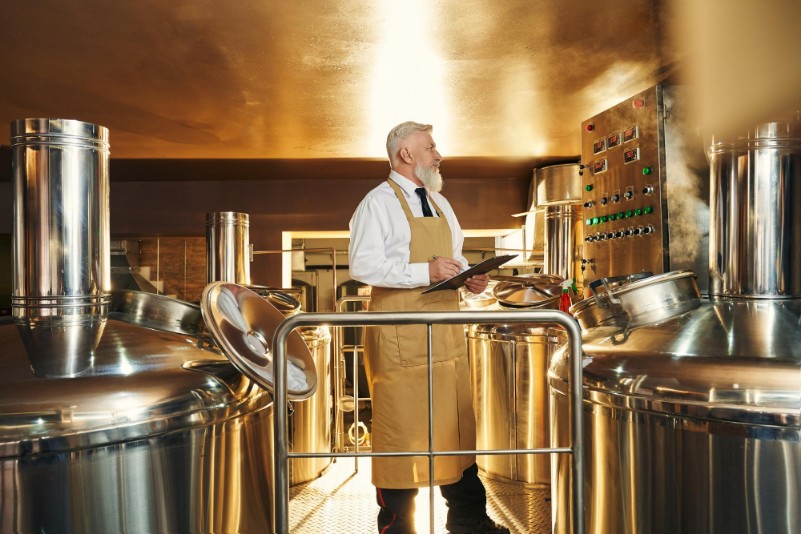Distillation is a method where solids, liquids, and gases are separated using a heating process. A solvent can be added to dissolve the solid components of the mixture, then heated under pressure until it vaporizes and separates the liquid. To ensure a clean product, distillation is commonly used for cleaning oil and separating impurities from alcohol.
Distillation methods are based on differences between boiling points and solubility. A liquid’s boiling point is the temperature at which vapor begins to form. The solubility of a substance tells us how much of it dissolves in water. Solubility refers to the amount of dissolved material, not a percentage of solid particles.
Types of distillation
Fractional distillation
In fractional distillation, you take a crude mixture containing the target molecules and subject them to repeated heating and cooling cycles until you reach a sufficient concentration of the desired product. The liquid and vapor mixture enters at the top of the column and comes out at the bottom of the column.
A condenser collects the condensed vapors at the base of the column and returns them to the boiler. Since the boiling point of any substance is directly proportional to its density, the lighter substances rise towards the top of the column while the heavier substances fall toward the bottom.
Vacuum distillation
In this type of distillation, the volatile compounds are removed by vacuum rather than by temperature alone. This technique is commonly used in the pharmaceutical industry to create drug formulations. Because there is little heat involved, chemicals remain unaffected and the integrity of the active ingredients is maintained.
The downside to this approach is that the solvent evaporates at low pressures, leaving behind traces of leftover chemicals in the finished formulation. Furthermore, vacuums can pull apart molecules that are bonded together, causing unstable compounds to precipitate out of the solution.

Simple distillation
In simple distillation, the components of the fluid mixture are separated by using boiling and cooling plates. As the fluid passes over the plates, each layer is given enough time to boil off before the next plate is brought down. Simple distillers are inexpensive, portable, easily maintained, and usable for home distilling. The downside is that product quality may not be as good as fractional or short path distillation.
Zone distillation
The difference between zone distillation and simple distillation is that in zone distillation, the fluid mixture moves over heated plates, but the heating is controlled in space rather than in time. The result is that you get a uniform separation of fluids into layers.
The upper layers remain hot and the lower ones cool slowly. You can choose the number of zones to ensure a precise amount of heat is applied to the fluid mixture so that the desired temperatures are reached consistently throughout the column.
Short path distillation
Short path distillers are used for continuous or semi-continuous operations. To achieve a steady flow of product, a series of chambers are connected. Each chamber includes a heater, a preheater, and a condenser.
The liquid mixture flows countercurrent (that is, the liquid goes through fewer chambers than does the vapor), thereby increasing efficiency. This distilling system is the most popular type among commercial users.
Air Sensitive Vacuum Distillation
This type of distillation uses a vacuum pump to create pressure. As air enters the chamber and is pumped out, the heavier components stay behind. This creates a highly concentrated vapor that condenses into a liquid. Like steam distillation, the elements only condense if they are lighter than the surrounding air molecules.
Steam Distillation
This method uses heat to separate compounds in solids, vegetables, and liquids. Steam distillation works best to distill aromatic oils from herbs and spices as well as other essential oils from flowers. It is still widely used in laboratories and chemical companies for separating certain chemicals based on their boiling point.
© 2016-2022 by newsbucket.org, a LIVenture LLC.
All rights reserved. No part of this document may be reproduced or transmitted in any form or by any means,
electronic, mechanical, photocopying, recording, or otherwise, without prior written permission of LIVentures LLC.
